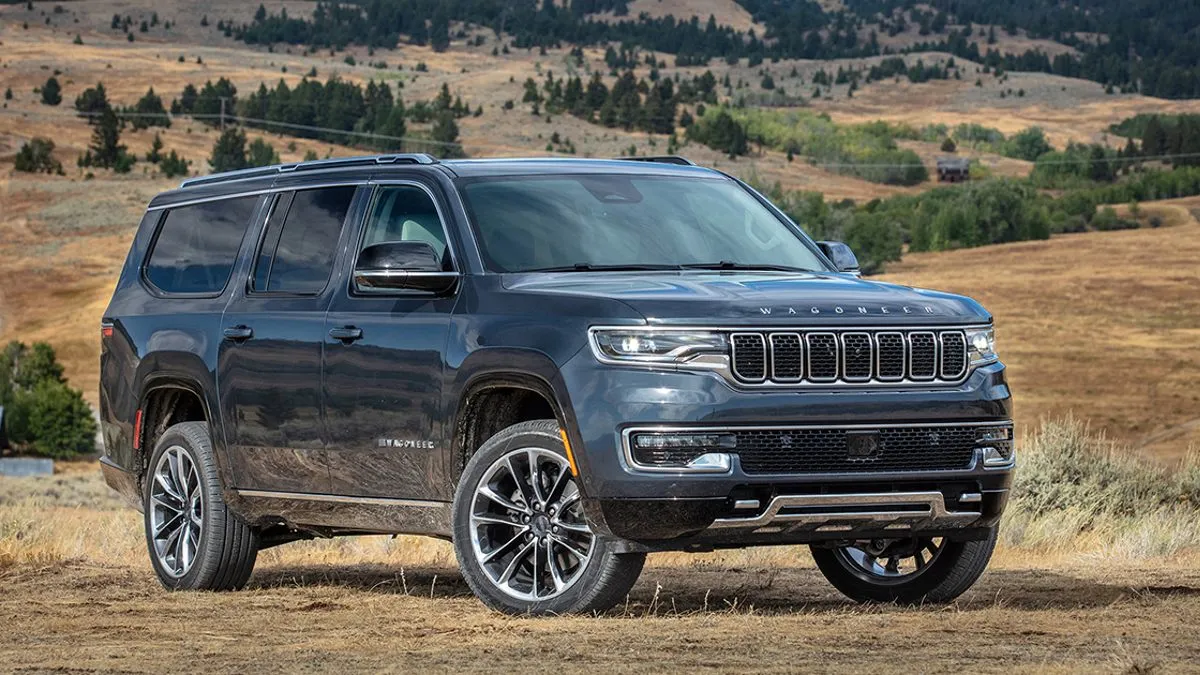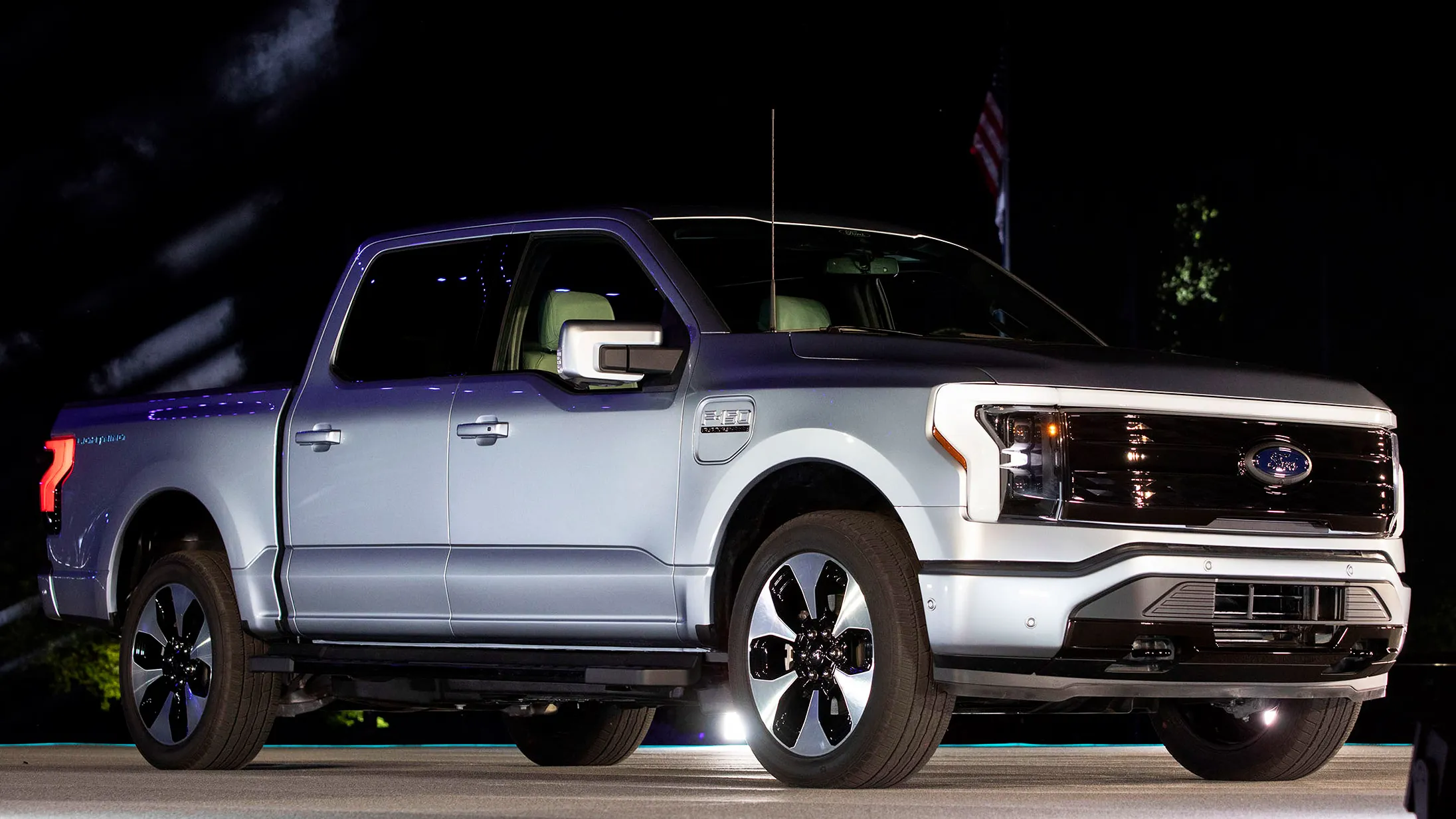If you fall within the age range of 30 to 50, you’ve likely noticed a significant increase in the size of vehicles over the past couple of decades. This period also witnessed the ascendancy of SUVs, gradually supplanting traditional sedans and hatchbacks.
Although this observation holds, a brief examination is warranted. Among the top 25 best-selling cars in the United States for 2023, only five adhere to the conventional sedan archetype. These include the Honda Accord and Civic, the Tesla Model 3, and the Toyota Corolla and Camry.
Of these, the Camry occupies the highest rank, securing the eighth spot with 290,649 units sold, while the Toyota RAV4, the leading SUV/crossover, boasts sales of 434,943 units. Notably, the Ford F-Series retains its status as the country’s best-selling vehicle, with 750,789 units sold last year.
All three of these models are longstanding fixtures, available two decades ago. Let’s examine how much they’ve grown over the past 20 years.
Comparing Weights: Then and Now
Rewinding two decades, we encounter the second-generation RAV4. The five-door variant measured 155.5 inches in length and 63.8 inches in width, weighing 3,186 pounds. Its modern equivalent spans 181 inches in length, and 73.4 inches in width, and tips the scales at 3,615 pounds.
The Ford F-150 from 20 years ago (11th generation SuperCrew) measured 217.8 inches in length, 78.9 inches in width, and weighed 4,758 pounds.
Its contemporary counterpart stretches 231 inches in length and 79.9 inches in width, weighing approximately 250 pounds less than its predecessor. Worth noting that the current F-150 is constructed from all aluminum, contributing to its reduced weight.
The XV30 Camry measured 189.2 inches in length, 70.7 inches in width, and weighed 3,252 pounds with the 3.0-liter V6 engine. A modern Camry V6 (TRD trim) now measures 192.1 inches in length, 72.4 inches in width, and weighs 3,549 pounds.
These comparisons underscore a significant increase in the size of vehicles over time. According to Bloomberg, pickup trucks have gained an average of 1,300 pounds since 1990.

The Popularity of Trucks and SUVs Explained
In 2020, automotive analysts forecasted that trucks would constitute the vast majority of vehicles sold in the US by 2025. (For the purposes of this discussion, “trucks” refers to pickups and SUVs.) This prediction, amounting to 78%, appears entirely plausible.
Several manufacturers, like Ford, abandoned sedan production years ago, redirecting their focus toward trucks, SUVs, crossovers, and sports cars.
Why do consumers exhibit such a strong affinity for trucks? Numerous studies have explored this phenomenon, consistently citing benefits such as enhanced visibility, ample space, ease of entry and exit, and heightened safety perceptions.
However, the purported safety advantages are somewhat debatable. While it’s true that larger vehicles offer greater protection in collisions due to their mass, it’s worth considering that as trucks become more prevalent, their collective safety might diminish.
For instance, the Hummer EV Pickup, weighing over 9,000 pounds, represents a formidable force on the road, albeit posing challenges for infrastructure like guardrails. Moreover, the rise in electric vehicle sales necessitated adjustments to safety testing protocols by organizations like the IIHS.
The Typical Truck Driver Profile
According to a YouGov survey, approximately half of Americans own a truck, accounting for 47% of the population. Truck ownership appears evenly distributed across the country, with certain demographics exhibiting a higher propensity to purchase trucks.
For instance, 55% of individuals aged over 55 own a truck, compared to only 33% among those aged 18 to 34. Moreover, parents are twice as likely to own a truck as individuals without children. As a parent myself, I can relate to prioritizing safety when selecting a family vehicle despite its less-than-thrilling attributes.
Identifying Common Truck Issues
Surprisingly, both truck drivers and non-truck drivers converge on several issues concerning trucks. While truck drivers may acknowledge these flaws as inherent to larger vehicles, non-truck drivers perceive them as significant deterrents. The most noteworthy concern pertains to fuel consumption and environmental impact.
Over half of non-truck drivers (56%) and a slight majority of truck drivers (51%) recognize this issue. Additionally, challenges related to parking, safety risks to other road users, and the complexity of maneuvering trucks command a similar level of agreement across both groups.
There exists a perceptible gap in safety perceptions between truck drivers and non-truck drivers. While 68% of truck drivers believe trucks offer superior safety for occupants, only 45% of non-truck drivers share this sentiment.
Conversely, 57% of non-truck drivers express concerns about the heightened risks trucks pose to cyclists and pedestrians, compared to 43% of truck drivers.

Addressing Public Concerns
Interestingly, a majority of Americans advocate for some form of regulation to address truck size-related issues, whether through voluntary initiatives by automakers or government-mandated regulations.
While 30% of truck drivers support voluntary measures by automakers, 24% prefer government intervention. In contrast, 24% of non-truck drivers advocate leaving the matter to automakers, while a substantial 39% advocate government regulation. This discrepancy represents the most contentious aspect of the debate.
All in all, mounting evidence suggests that larger vehicles pose hazards to other road users, particularly pedestrians and cyclists. Public sentiment reflects a considerable appetite for mitigating these dangers, even if it entails curbing the size expansion of cars.
While government intervention may not impose limits on vehicle size, the increasing dimensions of vehicles may inevitably encounter practical constraints. Consider, for instance, the Cadillac Escalade ESV, prompting us to question the rationale behind vehicles exceeding such dimensions.
Also read: Studebaker President: Legacy of American Luxury Cars

